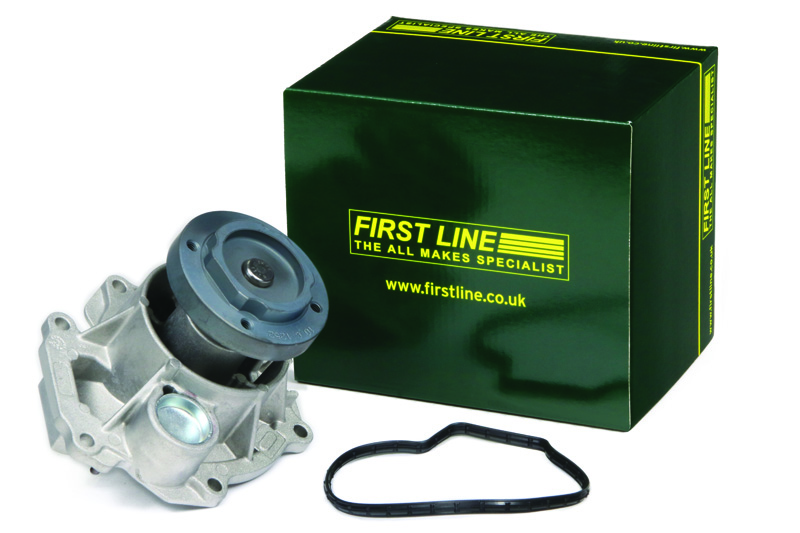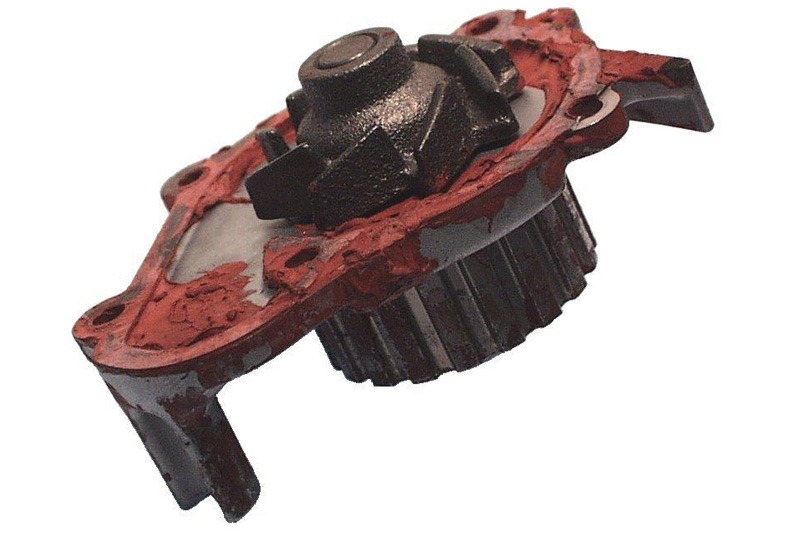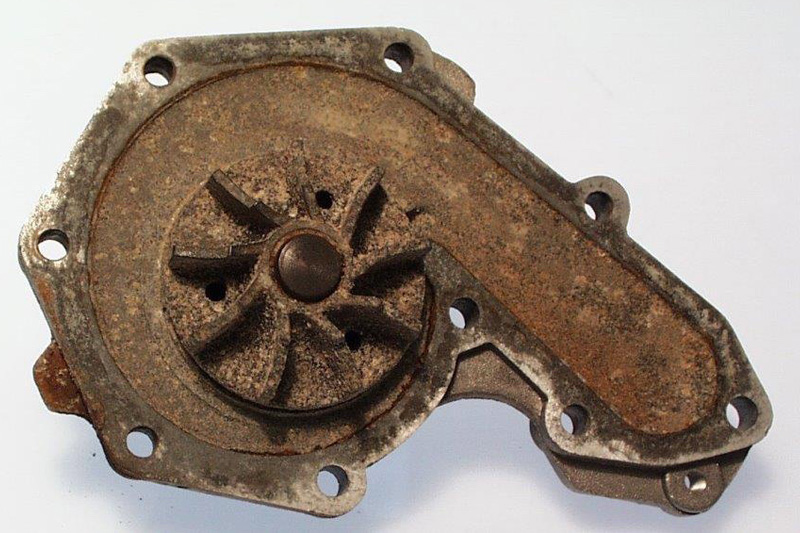
First Line offer some tips for ensuring water pump longevity.
The water pump is a major component on every vehicle, performing the vital role of circulating coolant around the cooling system to ensure the engine doesn’t overheat. If the engine overheats, the damage can be severe and the cost to repair extremely high. Therefore, it is always essential to have a think about the causes of some of the problems that are related to the installation of water pumps and the consequences of not following best practice and the manufacturer’s installation guidelines.
Things to know about the coolant system
Only use a small amount of silicone RTV when installing ‘face fit’ water pumps. Using too much sealant may cause it to be squeezed out of the facing when the pump is installed (see below). As a result, contamination in the dynamic seal pack or another part of the cooling system is likely, which can lead to pump leaks, overheating and premature failure. Where a water pump is supplied with a gasket by the OE dealers, First Line follows with gasket material that is the same specification.
Always flush and clean the system before installing a new water pump to remove contaminants. Ensure that the correct specification and mix of new antifreeze and distilled water is used and that the whole procedure is in accordance with the manufacturer’s guidelines and intervals, especially when it comes to the correct bleeding process. Remember: do not mix different types of coolant. If the levels of corrosion inhibitors are too low because of insufficient antifreeze, a build-up of rust, limescale or impurities may get into the dynamic seal pack (see below). This compromises the surfaces, which causes the water pump to leak and fail.

Finally, always check for incorrect drive belt tension or drive misalignment and an unbalanced or defective viscous coupling. Also check the correct operation of coolant flanges, switches/sensors and radiator caps.
It is also vital to check the whole system for leaks. A small amount of coolant may be emitted from the pump body vent hole during initial running, but this is perfectly normal and may be present during the ‘bedding-in’ of the ceramic and carbon seal faces inside the dynamic seal pack.
Fitting a premium quality part initially, and by following the above advice, you will significantly reduce the amount of problems associated with carrying out cooling system repairs and maintenance, which not only saves a technician’s time, but can also ensure the customer’s satisfaction and therefore, returned business.









